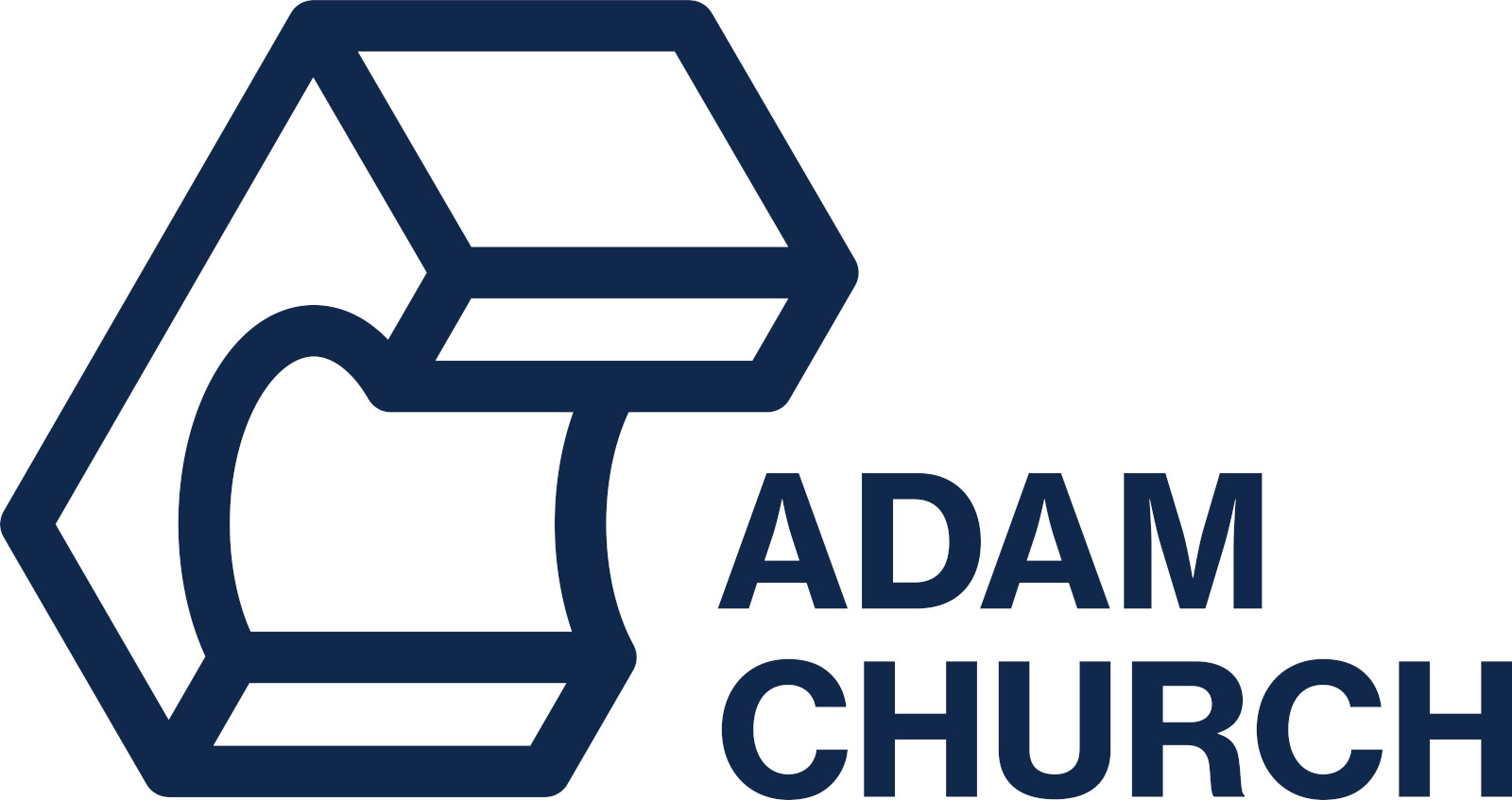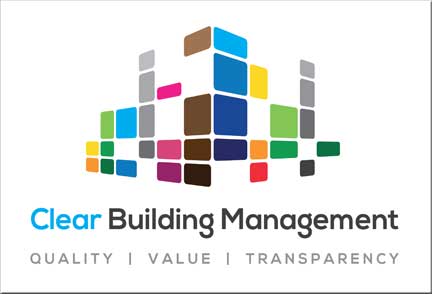
Last week Communities Communities Secretary Robert Jenrick set out his plans to MPs for dealing with the cladding scandal, making affected blocks safe and reviving confidence in the high-rise housing market.
It is clearly a very bad thing indeed that housebuilders and regulators allowed thousands of blocks to be built with what is now deemed to be combustible cladding, and therefore a serious safety risk. This has had – and will have – a major financial impact on flat owners, who are uniquely disempowered tenants in England and Wales.
LKP was right at the start of blowing the whistle on this – as well as organising the only Westminster meetings for MPs to meet leaseholders caught up in the cladding scandal.
We said billions were going to be necessary to sort this out, and a billion was scheduled in the Budget last month for 2020/2021 “to support the remediation of unsafe non-ACM cladding materials on high rise buildings”.
To all that, however, has been added the Coronavirus crisis: thousands of leaseholders are now living in dangerous buildings; hemorrhaging cash on waking watch; or being presented with huge bills to start work on the cladding remediation (as housing association A2 Dominion has threatened); heavily mortgaged; yet their pre-Coronavirus jobs either redundant or “furloughed”.
On top of which, one has to question how much these flats would now be worth even if they were remediated? Are they going to be worth anything like what they were in the pre-Coronavirus world?
These issues are pressing, as leaseholders were to have stumped up £10,000 each on April 1 at stricken Islington Gates, Birmingham. We are informed that there is a considerable shortfall:
Mr Jenrick is a pretty formidable Cabinet minister – handling a much wider “communities” brief than any of his immediate predecessors, and trusted to deal with high profile responses to the unfolding Coronavirus crisis. In short, he is in the inner circle in a way that previous communities secretaries weren’t.
So what are his plans for “bringing about the biggest change in building safety for a generation”?

1/ Stephen (Lord) Greenhalgh has been appointed minister of state. He, too, is another trusted insider, having served as one of Boris Johnson’s deputy mayors in London. He knows about local government and public money, which is handy. His job is to co-ordinate building and fire safety policy.
2/ A “more stringent regulatory regime” will emerge, Mr Jenrick says, for all buildings over 18 metres / six storeys high.
A Building Safety Bill will create a new regulator and there will be a “comprehensive duty holder regime … with clearly identified people who are directly accountable for the safety of residents”.
Residents – that must mean leaseholders and possibly includes AST tenants – will have rights to information about the safety of their building. This is good if it increases residents’ leverage on unaccountable buildings and freeholders: murky and secretive entities in many cases, and often based offshore.
It is one of the repeated frustrations of leaseholders, who pay for everything, are not contracted parties with insurers, warranty providers or contractors employed by the freeholder, and therefore have no means to hold them to account.
“We are committed to bringing forward legislation that delivers meaningful and lasting change at the earliest possible opportunity. Resident safety is paramount, and we owe it to them to get this right,” Mr Jenrick tells MPs.
The Building Safety Bill “places beyond doubt that external wall systems, including cladding, and the fire doors to individual flats in multi-occupied residential blocks, fall within the scope of the Regulatory Reform (Fire Safety) Order 2005”.
Perhaps this will end the regulatory grey area that has seen freeholders contemplate ruinous bills for leaseholders – and getting property tribunals to agree – for errors that were absolutely not of their making.
3/ Sorting cladding is a priority:
“The challenges presented by the spread of Covid-19 are severe. The Government’s view is that the work to remove unsafe cladding from buildings is critical to public safety and so must remain a top priority. My Department will do all it can to support building owners, managers and residents to ensure that remediation work continues where it is safe to do so.”
LKP’s appeal that speculative, often offshore freehold owners – yes, we are back to “building owners” again – don’t get a taxpayer-funded subsidy for their dubious income streams … is likely to be ignored.
4/ And here is a test of non-ACM cladding we prepared earlier …
Mr Jenrick assures MPs that while HPL (high pressure laminate) cladding is bad – £1 billion bad, according to the Budget – Grenfell PE ACM [polyethylene-cored aluminium composite material] panels are worse.
His letter coincides with the MHCLG releasing results of a nine-month-old test by the developer-funded Building Research Establishment which found that HPL, timber, zinc, copper and aluminium honeycomb cladding panels do not “show the same or a similar type of fire performance to that of the PE ACM [polyethylene-cored aluminium composite material] panels”.
Mr Jenrick writes that ACM PE “presents an unparalleled risk and should be remediated on all buildings”.
So, this justifies the government dithering over sorting HPL cladding while agreeing to stump up £200 million last year to remove ACM cladding from private sites (albeit after wasting two years appealing to freeholder “building owners” to do the decent thing and pay up: something that LKP said was a nonsense from the start and was not going to happen).
Coincidentally, the MHCLG release of the Building Research Establishment testing came just after the Metal Cladding and Roofing Manufacturers Association (MCRMA) demonstrated that HPL cladding is highly flammable.
5/ Help for leaseholders in private blocks
Mr Jenrick tells MPs: “I recognise that it has become more challenging for some households to obtain mortgages for high-rise residential properties. The Government has been supportive of industry efforts to apply consistency in how such properties are valued.”
Mr Jenrick references the EWS1 form, which supports the valuation of properties in high-rises above 18 metres.
“Surveyors, lenders, insurers and other parts of industry, working with building owners, now need to ensure that the EWS1 form is shared appropriately to support this section of the housing market.”
Mr Jenrick realises that professionals have had difficulty obtaining professional indemnity insurance and he is considering “potential solutions”.
“This has been a particular concern for fire engineers – who are crucial to assessing fire safety both in historical and new high-rise residential buildings.”
Mr Jenrick concludes by saying that it has been a “privilege to get to know members of the Grenfell community”, adding:
“We owe it to them, to all whose lives have been affected by the fire at Grenfell Tower, and anyone having sleepless nights worrying about the safety of their building, to restore trust in our building safety system.”





 Get commonhold done, London Assembly tells government
Get commonhold done, London Assembly tells government





















